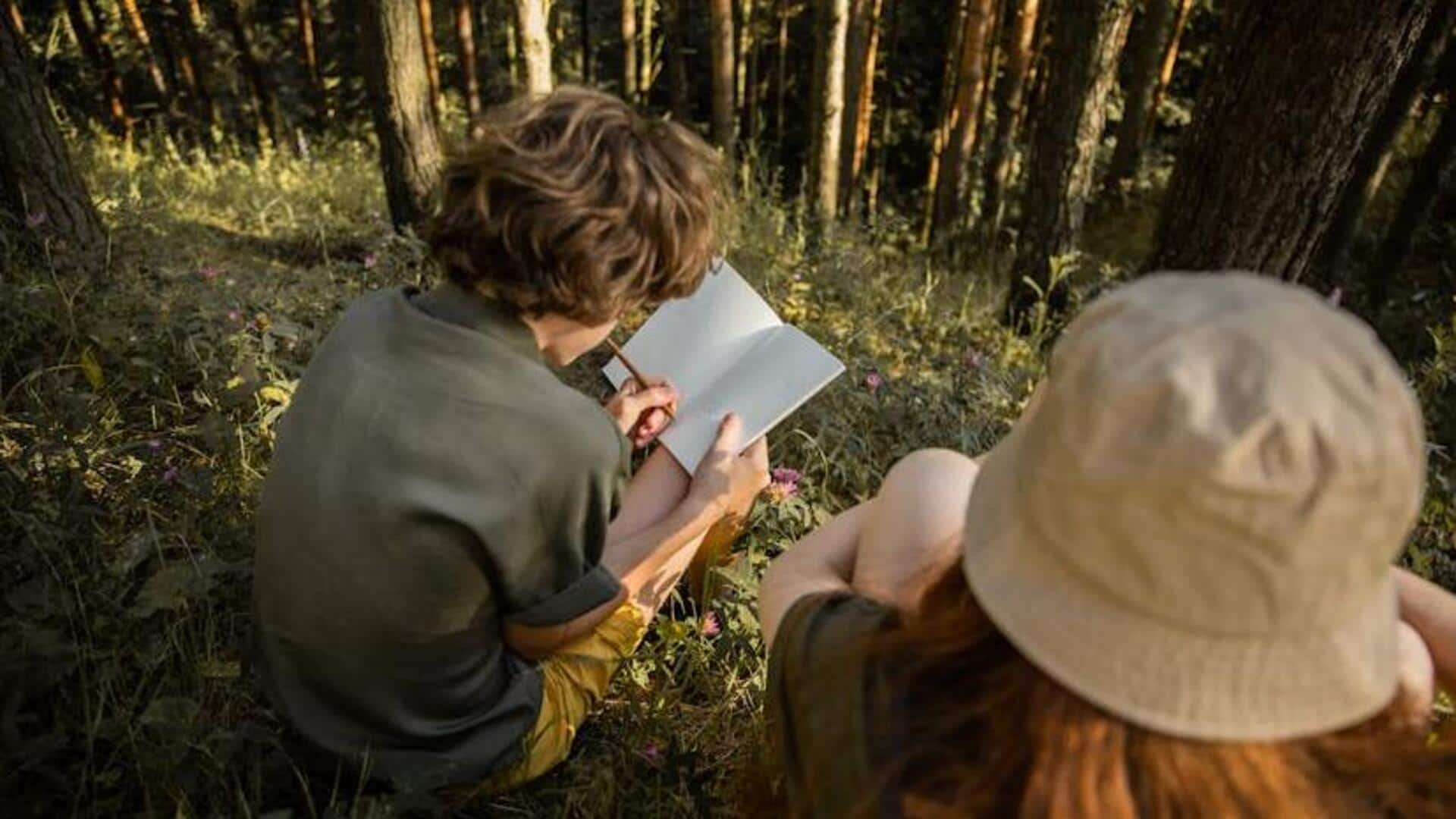
Forest sketching is therapeutic! Here's how to get started
What's the story
Forest sketching is the art of merging the tranquility of nature with the creative expression of art.
It's not just about improving your drawing skills, but also about cultivating mindfulness and relaxation.
By focusing on the details of the natural world, you are essentially meditating. It's a great way to destress and disconnect with the world.
Tip 1
Start with simple shapes
Start your forest sketching adventure by simplifying complex landscapes into basic shapes.
Trees become cylinders, rocks transform into ovals, and streams turn into wavy lines.
This technique turns intimidating scenes into manageable sketches and helps you grasp the underlying structure of what you're observing.
Mastering this skill will significantly enhance your accuracy and confidence.
Tip 2
Embrace imperfections
One of the most freeing lessons in forest sketching is learning to love the "wonky."
Nature isn't perfect; every tree has its wobbly bits, and no two leaves are the same.
Your sketches should be just as wonky.
Don't strive for perfection; aim for expression and feeling instead.
This approach fosters creativity and minimizes frustration.
Tip 3
Use all your senses
While sketching in the forest, make it a point to really listen to the sounds of nature, smell the forest (especially after it rains), and feel the texture of the trees.
These experiences will make your sketches come alive and add an emotional depth to your work that goes beyond what you can achieve by just looking.
Tip 4
Practice regularly in different settings
The secret to mastering forest sketching is consistency.
By practicing regularly in different environments, from dense forests to open meadows or even your local park, you'll build a strong foundation.
Each location presents new subjects and challenges, pushing you to adapt and grow as an artist.
Plus, this exploration doesn't just improve your sketches - it fosters a deeper connection with nature, further fueling your creativity.